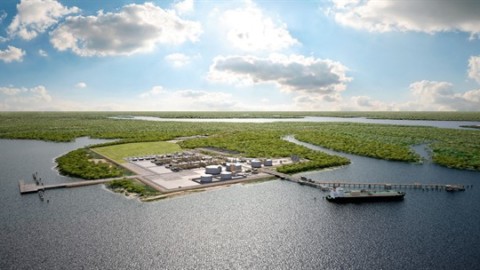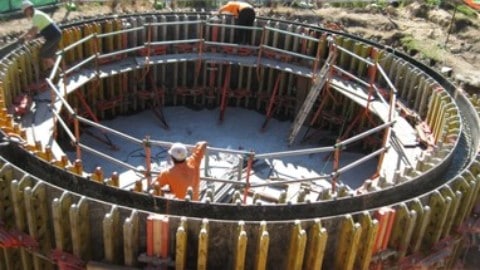Melbourne Water has commenced a program to minimise its pumping costs and chemical usage by automatically smoothing the flow of water out of its treatment plants.
This marks the first stage in an ambitious program set to transform the utility’s water transfer network.
The Water Transfer Network Automation (WTNA) will also work to flatten flow peaks and troughs, reducing energy spikes and risks associated with power outages during water treatment.
The project uses a software package called AquAdvanced Energy (AAE) that works in conjunction with its Supervisory Control and Data Acquisition system (SCADA).
This software is used to remotely monitor and control field-based plant and equipment such as pumping stations and water treatment plants.The technology will allow the bulk of the utility’s water transfer system to be automated.
This project is part of Melbourne Water’s commitment to innovation and delivering services efficiently and effectively to its customers.
Automation Team Leader, Russell Riding, said the software has many advantages.
“It allows us to minimise pumping costs, maximise hydro revenue, decrease chemical usage by smoothing the flow out of our treatment plants, gives greater consistency within operations, lower risk, reduced energy consumption and improved management of outages to name a few,” Mr Riding said.

Sugarloaf Reservoir
How does the technology work?
The AAE system is a Suez software product used for streamlining the transfer of bulk water through a network.
AAE utilises a scheduling-based computer program to control pumps and valves that fill reservoirs in synchronisation across the entire transfer network.
The system is able to assess the whole network every 30 minutes and uses hydraulic demand modelling and inbuilt analytics to make any necessary adjustments to time-based scheduling across the entire system.
Melbourne Water’s General Manager Service Delivery, Craig Dixon, said this scheduling optimises network use through load shifting, increased pump energy efficiency, and water re-routing techniques.
“For the Melbourne Water workforce this makes us nimbler, more efficient and once again at the cutting edge in the use of innovative technology for our operations,” Mr Dixon said.
“Clearly the benefits to Melbourne Water’s transfer network are large and the flow-on benefits to our customers are many.”
Automation of the Melbourne Water water transfer network is well underway, with the first phase of the project already operating at its Winneke–Preston network corridor.
The second phase will focus on Tarago–Cardina in early 2021 and then Silvan–Greenvale network in mid-2021.




















